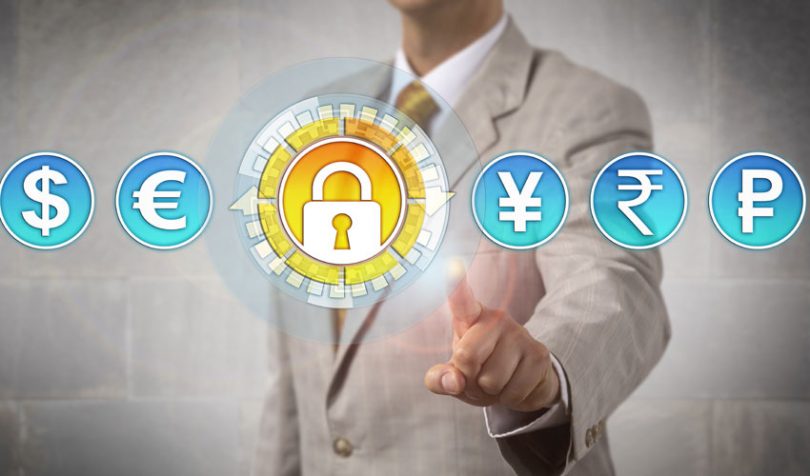Today IBM announced that its IBM World Wire blockchain payment platform is officially accessible in limited production. It has “enabled payment locations” in 72 countries with 47 currencies and 44 banking endpoints. But they aren’t all active quite yet because regulatory approval is still needed for some.
IBM says its platform is different from other payment rails in two ways. Firstly it enables messaging, clearing and settlement on a single unified network. SWIFT, for example, is a messaging platform. The second differentiator is that participants can choose from multiple digital assets for settlement. This contrasts with Ripple which exclusively uses the XRP cryptocurrency as the medium of exchange.
The World Wire cross border payment platform uses Stellar’s technology, the network founded by Jed McCaleb, who was also a Ripple founder.
The payment challenge that IBM World Wire, Ripple and Stellar address is the correspondent banking network. Unless a bank has an account with every other bank in the world, it’s going to need to use intermediate or correspondent banks to make some cross border payments. That’s costly and causes hold ups if queries arise along the way. Instead with IBM’s World Wire, a digital asset or cryptocurrency is transferred point to point with settlement in seconds.
“We’ve created a new type of payment network designed to accelerate remittances and transform cross-border payments to facilitate the movement of money in countries that need it most,” said Marie Wieck, General Manager, IBM Blockchain. “By creating a network where financial institutions support multiple digital assets, we expect to spur innovation and improve financial inclusion worldwide.”
Initially, the platform will support Stellar Lumens and a U.S.Dollar stable coin, the Stronghold dollar. According to Bloomberg, in the wake of the JP Morgan coin announcement (on its own blockchain), IBM was approached by two other U.S. banks about issuing stable coins.
So the idea is if Brazil wants to transact with South Africa, then Brazilian Reals would be converted to Stellar Lumens or Stronghold dollars and sent to South Africa. And the recipient would convert the Stellar Lumens or Stronghold dollars to South African Rands. Why bother with the Lumens or dollars? Not a lot of people want to convert Reals to Rands, but plenty of people might want to convert Reals to Lumens or dollars if those currencies are being used for numerous currency pairs.
But as the number of digital assets expands, Lumens may prove less popular than stable coins. However, Lumens will still be used for transaction fees as previously noted by IBM’s Jess Lund. Six international banks have signed letters of intent to issue other currency stable coins for Euro, Indonesian Rupiah, Philippine Peso, Korean Won and Brazilian Real. The banks include Banco Bradesco (Brazil), Bank Busan (Korea), and in the Philippines, Rizal Commercial Banking Corporation (RCBC), and the stable coins are subject to regulatory approvals and reviews.
“RCBC is pleased to be an early innovator with plans to issue our own Peso stable coin on World Wire, pending final approval from our regulators,” said Manny T. Narcisco, First Senior Vice-President, RCBC. “We’re focused on innovation that adds value for our customers, and World Wire presents a tremendous opportunity to transform and enhance our payment infrastructure.”
This article was updated mentioning the two U.S. banks interested in stable coins.






